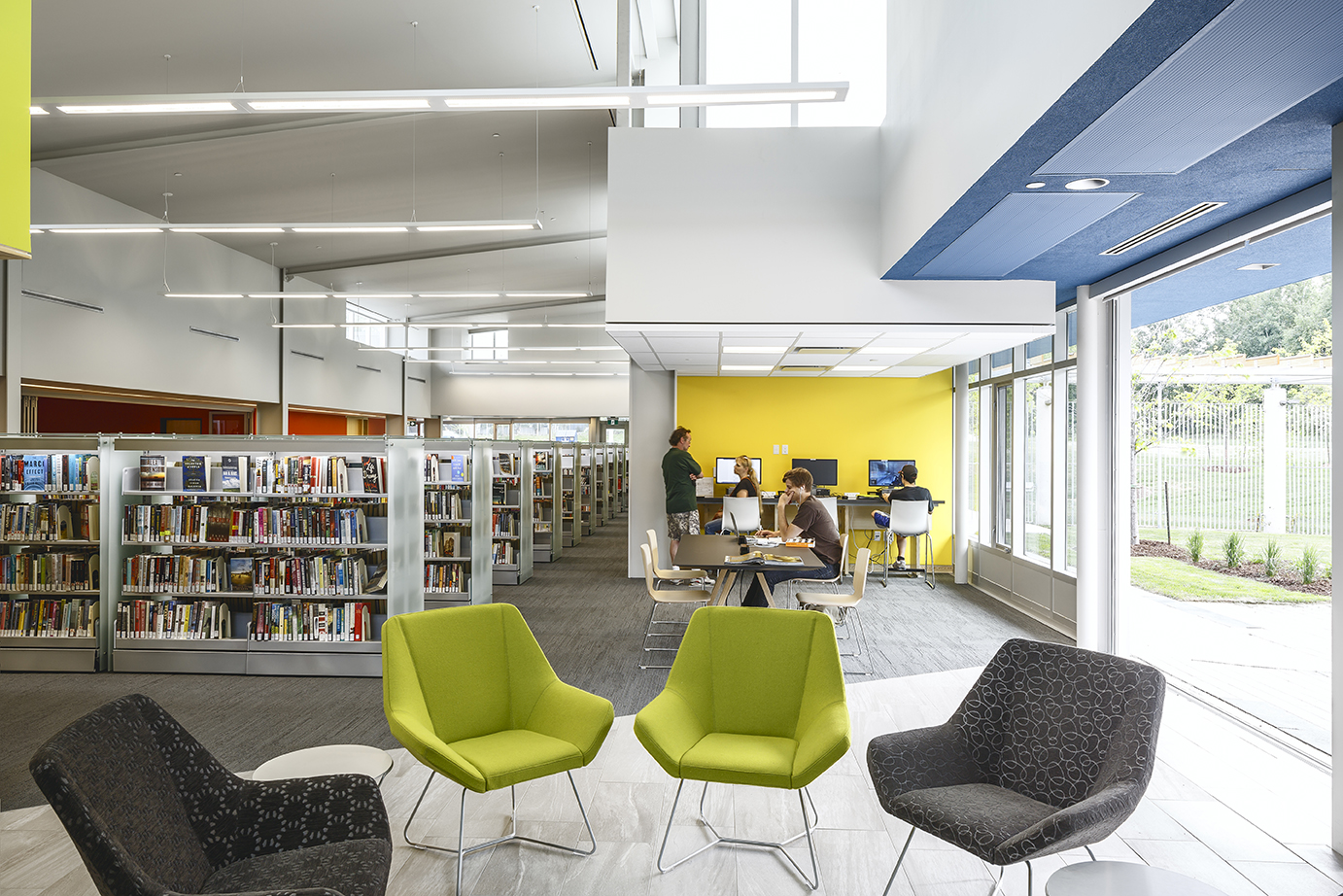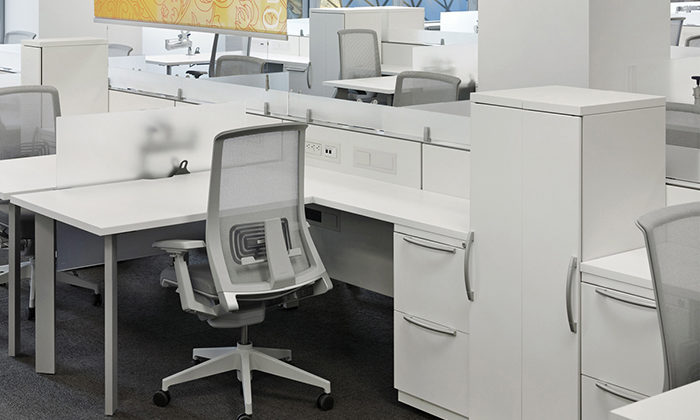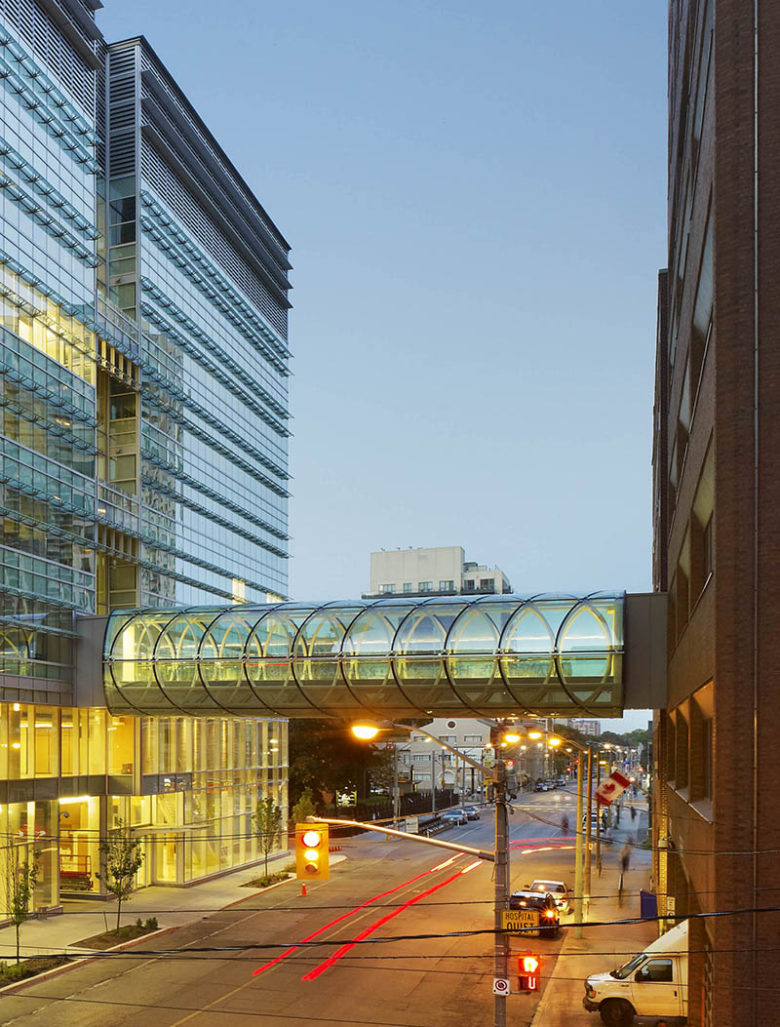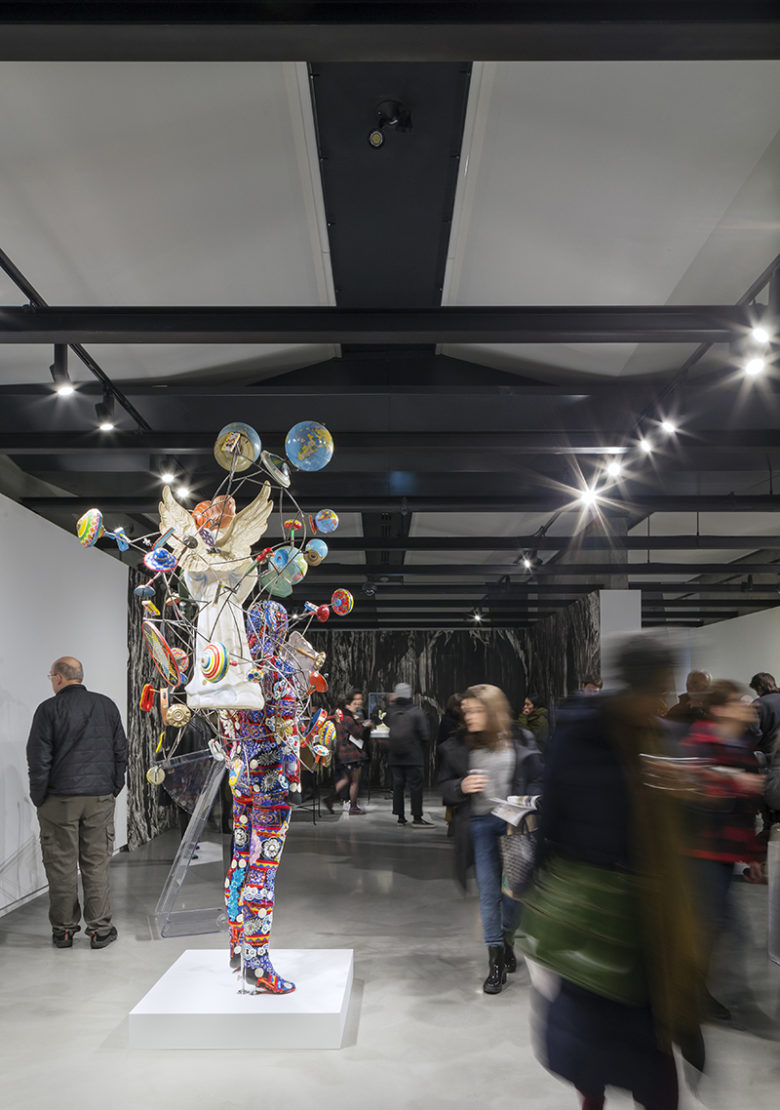Service: Lighting Design
Northern Health Authority
Fort St. John Hospital & Peace Villa
HH Angus participated in the integrated and sustainable design process, assessing several different mechanical concepts focusing on heat recovery, improved space air distribution and high-efficiency equipment. Considering the climate, extensive consideration was given to balancing the use of 100% outdoor air systems with total enthalpy heat recovery wheels, with the need to reduce energy consumption.
Mechanical and electrical engineering for this new build acute care community hospital included related services such as laundry and food services, and a replacement residential care facility. The hospital provides 58 inpatient beds with full diagnostic and treatment facilities, three operating rooms, endoscopy suite, and 124 residential care beds. Part of our scope, via our affiliate ACML, was to provide the hard Facilities Management for this project.
The project has been certified LEED® Gold and includes specific energy saving elements as a key component of the design. We worked extensively with all other design team members to meet aggressive energy consumption targets without increasing capital costs.
Also notable was the design and construction of the complex and high-efficiency heating plant featuring a series of condensing hot water boilers piped in a cascading temperature arrangement. The focus was on delivering a well-sealed and insulated building to reduce building envelope energy losses and allow the heating boilers to run at peak energy efficiency. This will provide the client with long-term energy savings, as heating costs have traditionally been very high.
The specification of the pad-mounted generator enclosures saved both time and money. Unconventionally, the generators were pre-fabricated and installed in sound-attenuated enclosures before being shipped to site. This allowed for quick ‘plug and play’ installation when these units arrived on site.
Lighting strategies were crucial, with a target of 30% energy reduction below ASHRAE standards while still meeting CSA light level requirements. Implementation of an extensive low voltage lighting control system further reduced energy consumption.
Vertical transportation elements included three passenger elevators and six service elevators.
For the IMIT scope, the Angus Connect team designed a new wired/wireless system, network and infrastructure to help improve workflow with the introduction of RFID tagging to help with inventory and distribution, as well as laying a robust foundation for a future Real Time Location System. Additional major systems included telephone, nurse call, public address, patient entertainment, intercoms, video conferencing and patient monitoring. Our team also planned for and added the infrastructure for the new digital modalities and connection to a centralized PACs system, which improved diagnosing and reporting, and facilitated consultations between staff members.
SERVICES
Mechanical Engineering | Electrical Engineering | IMIT and Security Consulting | Vertical Transportation | Lighting Design
PROJECT FEATURES
Size: 330,000 ft2 | Status: Completed 2012
LOCATION
Fort St. John, British Columbia
PROJECT FEATURES
REVIT MEP provided design and documentation | Centralized UPS | Integrated communications systems platform for all building operations and healthcare applications | LEED® Gold Certified

Respecting Indigenous ceremonies
The two spiritual rooms were designed to accommodate Sweet Grass and Smudging ceremonies, with dedicated exhaust to extract smoke and odours generated from the ceremonies.
— Image courtesy of Fort St. John Hospital Foundation
Town of Innisfil
Innisfil Public Library
The Town of Innisfil lies on the western shore of Lake Simcoe, some 80 kilometres north of Toronto. From its beginnings as a lumber region, it evolved into a cottage community and then into a rural residential centre, as more and more cottagers turned their properties into year-round homes.
Today, permanent residents account for over 90% of the population, supported by expanded municipal services such as the community library.
HH Angus’ scope for this library renewal and expansion project included upgrading existing and adding new HVAC, plumbing, electrical and lighting systems in both the renovated and new spaces.
The site consisted of 11,500 ft2 (1,068m2) of existing space and an adjoining new construction of 11,000 ft2 (1,022m2).
SERVICES
Mechanical Engineering | Electrical Engineering | Lighting Design
PROJECT FEATURES
Size: 11,500 ft2 renovation and 11,000 ft2 of new construction | Status: Completed 2015
LOCATION
Innisfil, Ontario
KEY SCOPE ELEMENTS
Innovative-mechanical, electrical and lighting design for the library | Upgraded and added new HVAC, plumbing, electrical and lighting in both renovated and new spaces

RBC/CBRE
180 Wellington West Refresh
Built almost 40 years ago, the office tower at 180 Wellington Street West is situated in the downtown Toronto core. To accommodate increased occupancy, the 12-storey building needed a refresh and new office space. Tenant retrofits were performed on 11 floors of office space to increase floor space and to improve tenant comfort. The first floor was fitted for amenities.
HH Angus provided mechanical and electrical design for the base building and interior upgrades to primary air handling systems, electrical distributions, and to washrooms throughout the floors.
Our project scope included 150,000 ft2 of tenant fitout, building recladding and base building upgrades, fire alarm replacement, perimeter fan coil system replacement, emergency power system and normal power system upgrades, as well as humidification system upgrades.
The key design challenge was how to answer the client’s expressed desire for increased visual transparency of the building’s exterior without creating a major penalty in energy efficiency. The design team recommended a solution, and we worked with the Architect to determine appropriate curtain wall components to achieve the client’s goal.
The building has been certified LEED EB Platinum.
SERVICES
Mechanical Engineering | Electrical Engineering | Lighting Design
PROJECT FEATURES
Size: 150,000 ft2 | Status: Completed 2013
LOCATION
Toronto, Ontario
KEY SCOPE ELEMENTS
M&E for base building | Interior upgrades to primary air handling systems, electrical distributions, and washrooms | New perimeter glazing | Reduced energy consumption | LEED EB Platinum certified

Benefiting the client
Our design included more perimeter glazing and daylighting without an energy penalty, and decreased lighting density by 7 watts/ft2.
Reducing energy costs
We designed a whole new lighting layout for the entire building, complete with photometrics, LED technology, daylight harvesting and occupancy controls help reduce lighting density.

St. Michael’s Hospital
Li Ka Shing Knowledge Institute
The Li Ka Shing Knowledge Institute is home to some 200 researchers, working in sophisticated laboratories and front-line clinical settings to explore both the basic dynamics of disease and the best ways to improve patient outcomes. Research is carried out in such diverse areas as multiple sclerosis, pregnancy, pediatrics and musculoskeletal disease.
A 9-storey 335,000 ft2 facility, the Li Ka Shing Knowledge Institute comprises the Keenan Research Centre and the Li Ka Shing Centre in Healthcare Education. This concrete structure is enveloped in a double-layer glass curtain wall, with a profile that reflects the academic excellence and leading-edge technology of the research and education programs within.
The research component is housed on the 209 Victoria Street site and the education component is on the 38 Shuter Street site. Linking the two sites over the Victoria Laneway is a connection housing elevators, a feature stairway, double-height lounges, conference rooms and kitchenette spaces, all designed as collision points in the building to promote information interactions and exchanges of knowledge and ideas.
The animal facility (vivarium) for larger animals includes environmentally-controlled holding areas. The animal waste disposal system cage contains washing and operating facilities, as well as an isolation area for animals entering the facility.
- Total Wet Lab Area - 3 floors at 15,000 ft2 each = 45,000 ft2
- Approximately 30% of the Research building is Wet Lab
- Vivarium on 8th floor - approximately 20,000 ft2
- Approximately 12% of research building is vivarium.
Rather than constructing small individual labs, the laboratory spaces are open concept in design, with high ceilings, to improve user comfort and access to daylight. We met the engineering challenge of designing for installation of ductwork in greatly reduced ceiling space, while still ensuring adequate air volume changes. Centrally located alcoves for dry bench work included fume hoods and lab space, designed with flexibility in mind for future uses. Likewise, the cooling system allows for spot cooling to accommodate varying equipment loads, depending on use of the space.
The vertical transportation work at Li Ka Shing featured eight passenger elevators (two being future cars and one a parking shuttle), as well as one service elevator.
SERVICES
Mechanical Engineering | Electrical Engineering | Vertical Transportation | Communications | Security | Lighting Design | Vertical Transportation Design
PROJECT FEATURES
Size: 335,000 ft2 | Status: Completed 2011
LOCATION
Toronto, Ontario
KEY SCOPE ELEMENTS
9 storey facility | Double-layer glass curtain wall | 20,000 ft2 animal vivarium for large animals |45,000 ft2 of wet lab space | Special lighting design incorporated for grand staircase and bridge connecting Li Ka Shing to St. Michael's Hospital | Vertical transportation featured 8 passenger elevators and one service elevator

Lighting to maximize common spaces
Special lighting design features for the building included the grand staircase and the bridge connecting Li Ka Shing to St. Michael’s Hospital. The lighting is controlled by a building-wide automation system.
Ontario College of Art & Design University
Professional Gallery
The OCAD Gallery is the flagship professional gallery for the Ontario College of Art and Design, Canada’s largest and oldest educational institution for art and design. It serves as an experimental curatorial platform for art, design and new media.
HH Angus was tasked with the mechanical, electrical and lighting design for this 755 m2/8,200 ft2 facility. It includes gallery space, a media lounge, permanent art collection and storage, administration support services and shipping and receiving areas.
This project provided interesting design challenges to protect the art from potential water leakage from the tenants on the floor above. The ceiling is covered in a white waterproof membrane, which made recessed luminaires impractical.
The ceiling beams have a dual purpose – to support the track luminaires and to create an artistic industrial feel for the space. The track is two circuit to allow for maximum flexibility. LED track heads are 3500K with a CRI above 93 to enhance the colour of artwork in the exhibits. The track heads were chosen to allow for multiple and varied beams spreads, to enhance each exhibit and to provide flexibility by accommodating different lensing and media. Suspended linear LED luminaires were used in non-gallery spaces. Various power and data systems were used throughout the premises.
The heating and ventilation systems were designed to meet the mechanical requirements for a Class ‘A’ Art Gallery. The mechanical requirements for the Gallery consist of controlled humidification levels and temperature range. To achieve the requirements, a separate dedicated standalone mechanical air conditioning/humidification system was designed for the space. An indoor dry cooler and a series of heat pumps are located throughout the facility. Each heat pump has an associated electric humidifier and associated condensate pumps.
SERVICES
Mechanical Engineering | Electrical Engineering | Lighting Design
PROJECT FEATURES
Size: 8,200 ft2 | Status: Completed 2017
LOCATION
Toronto, Ontario
KEY SCOPE ELEMENTS
Water leakage mitigation | LED luminaires | Power and data systems | Controlled humidification | Heating and ventilation systems for Class A Art Gallery standard

Meeting Project Goals
The OCAD project was delivered under budget and met LEED certification requirements.
Custom Lighting Requirements
A central dimmable lighting control system was incorporated. The lighting control was divided into multiple zones to satisfy the custom needs of the Gallery.

